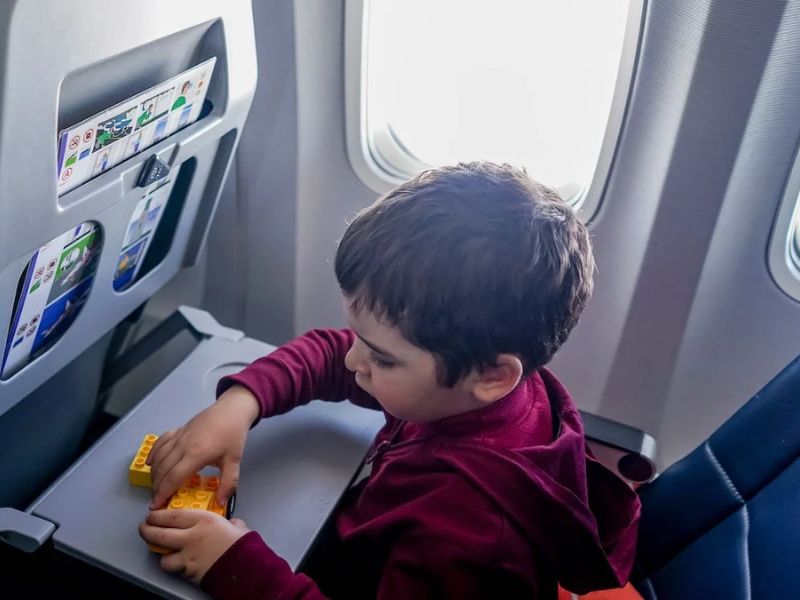Flying is a remarkable experience that allows us to travel to distant lands in hours. While sitting in a window seat on a plane can offer breathtaking views and a sense of adventure, there are also potential risks and considerations that passengers should be aware of. In this article, we will explore why you must be extra careful if you’re sitting in a window seat on a plane.

Image Credit: Pexels/cottonbro studio
Risk Of Injuries During Turbulence
Window seat passengers face heightened vulnerability during turbulence. Jolts against the aircraft’s wall or window can lead to injuries like bruises or fractures. Staying seated and fastening your seatbelt throughout the flight is crucial for mitigating these risks.
Limited Mobility And Restricted Access
Choosing a window seat means sacrificing easy access to the aisle. This limited mobility can pose challenges, especially during long flights. If you have a medical condition requiring frequent bathroom visits or need to stretch your legs, sitting in a window seat might not be the most suitable option. Consider your comfort and specific needs before selecting your seat.

Image Credit: Pexels/Oleksandr P
Limited Evacuation Options
During emergencies, a quick evacuation is crucial for passenger safety. However, window seat occupants may face obstacles when attempting to exit the aircraft. The window exit may be farther away than the aisle, and climbing over other passengers can slow the evacuation process. In such situations, it is essential to remain calm, follow the flight crew’s instructions, and be prepared to act swiftly.
Reduced Cabin Visibility
While the views from a window seat can be awe-inspiring, they can also limit your visibility within the cabin. This reduced visibility may prevent you from seeing essential safety demonstrations or announcements made by the crew. It’s important to pay attention to the safety instructions provided before takeoff and familiarize yourself with the location of emergency exits and equipment.